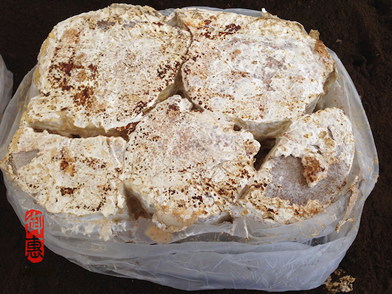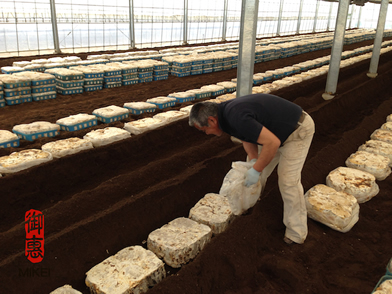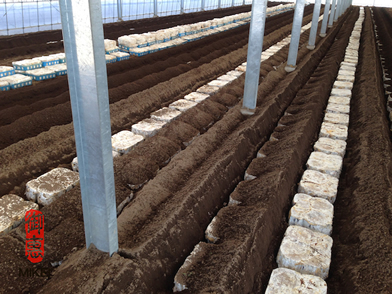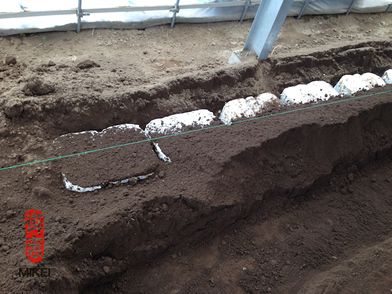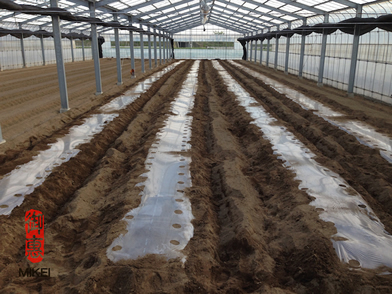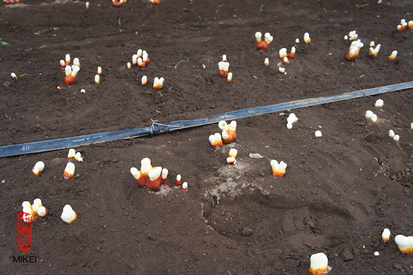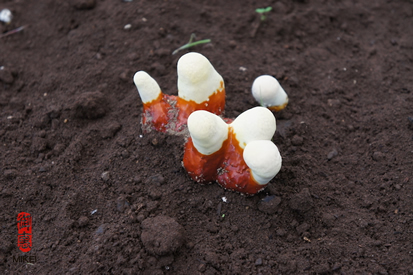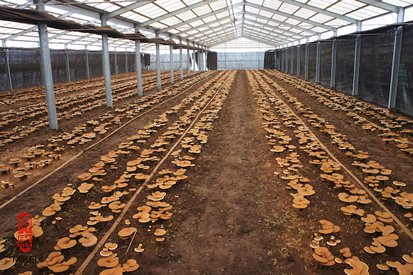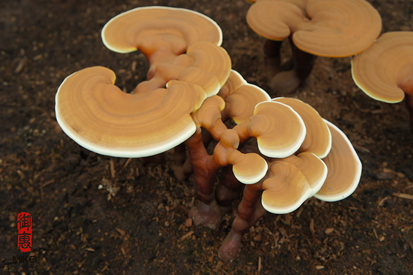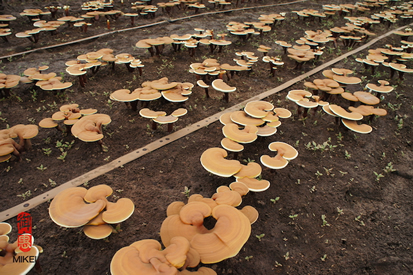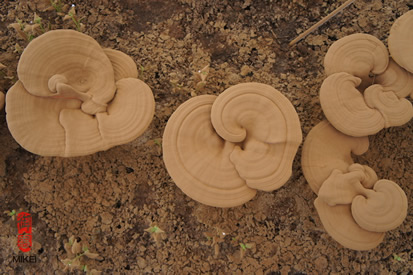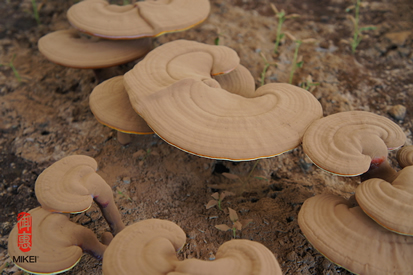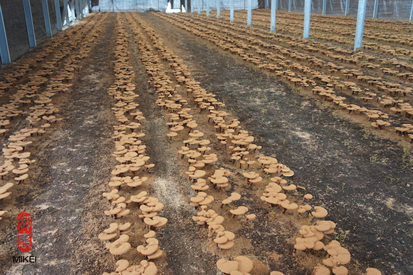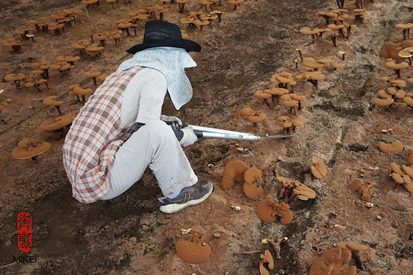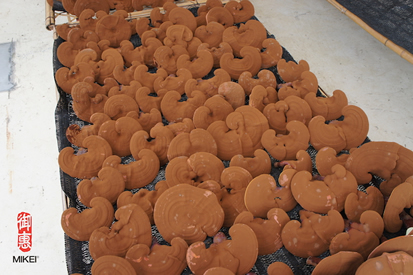Due to popular demand, Mikei® Mushroom Stick Ramen is now back in stock with limited supply. Don’t miss out!
Author Archives: Mikei
Welcome to the new and improved Mikei.com!
Featured
We are very excited to announce the launch of our newly designed website: www.mikei.com.
Our goal with this new website is to provide our visitors an easier way to learn about red reishi and our products with our new streamlined online store and resource section.
We will be frequently updating our content with health articles and special promotions.
For our existing customers, please register for a new customer account when making a future purchase.
Finally, to celebrate our launch, join the Mikei e-newletter subscription list to receive 5% off your first order.
If you have any questions, please feel free to email us at [email protected].
The Mikei Team
Mikei® Reishi Characters – Meet the family
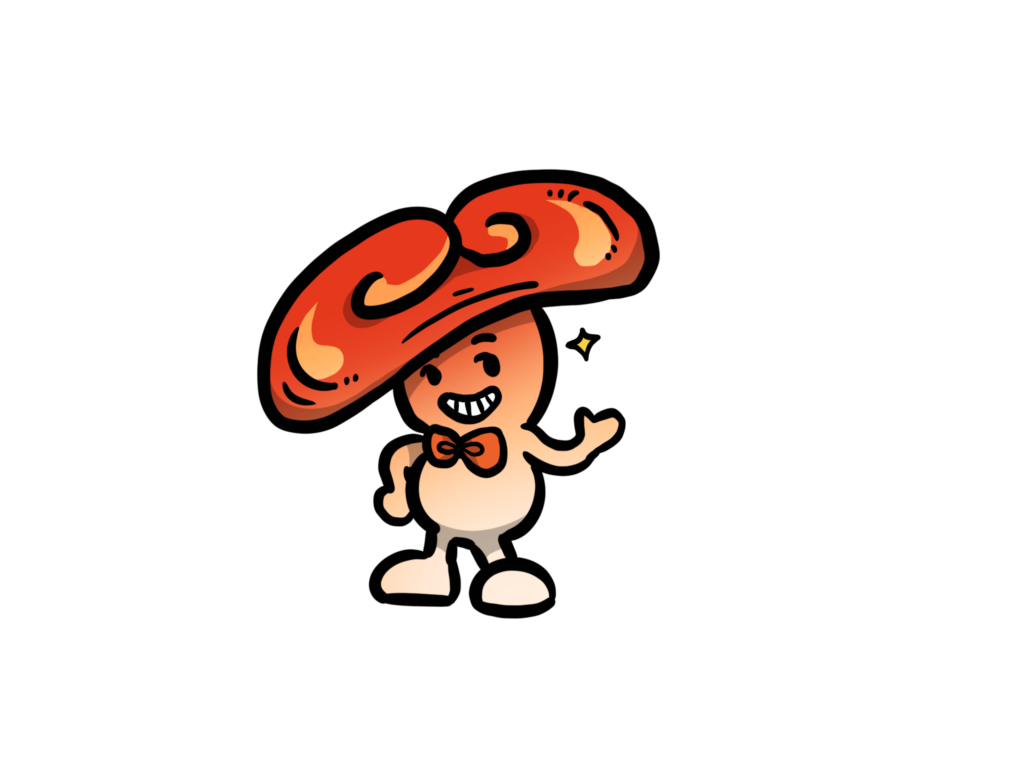
Codi lives with his family in the mountainous area of Japan, where bountiful oak trees grow wild. He loves walking and discovering new friends in the forest.
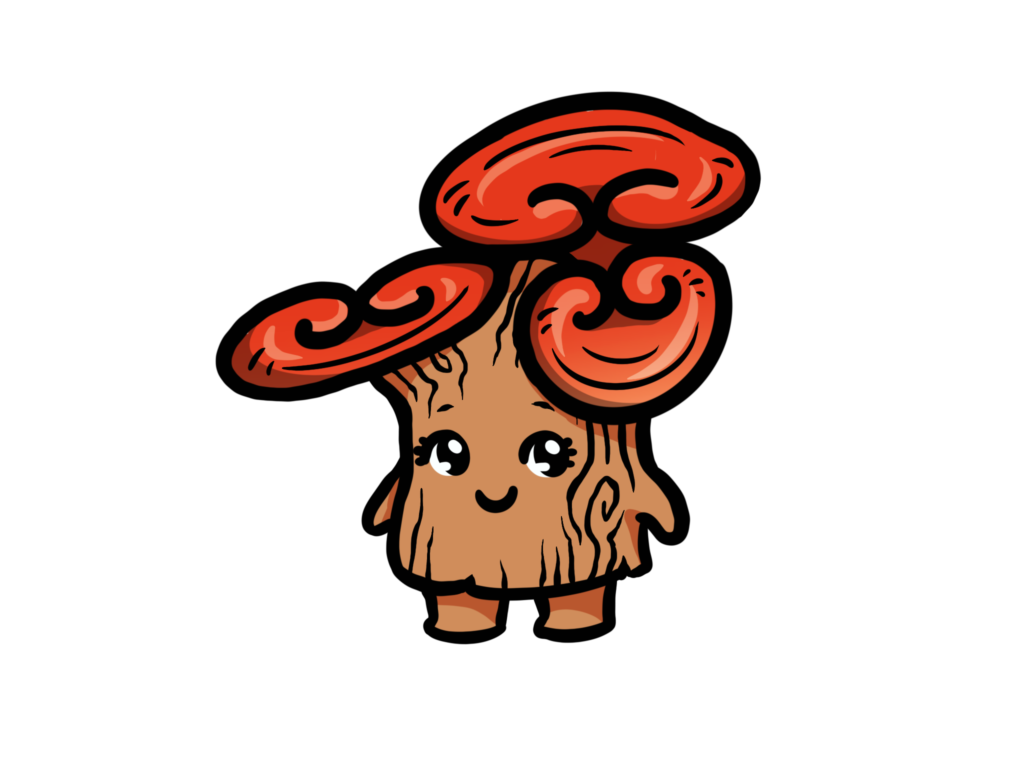
She is the studious one of the bunch. You can often find Emi resting in her favourite reading nook and getting lost in her books.
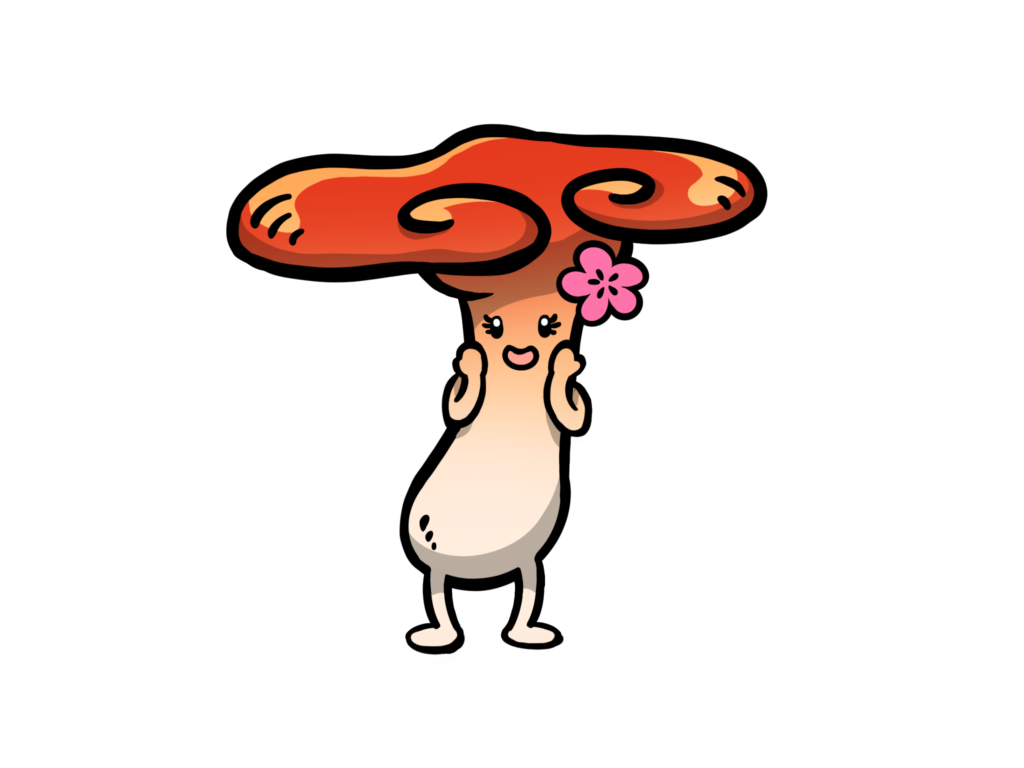
The “beauty” of the bunch – Nomi loves admiring and collecting the flowers flourishing all over Gunma-ken, Japan.
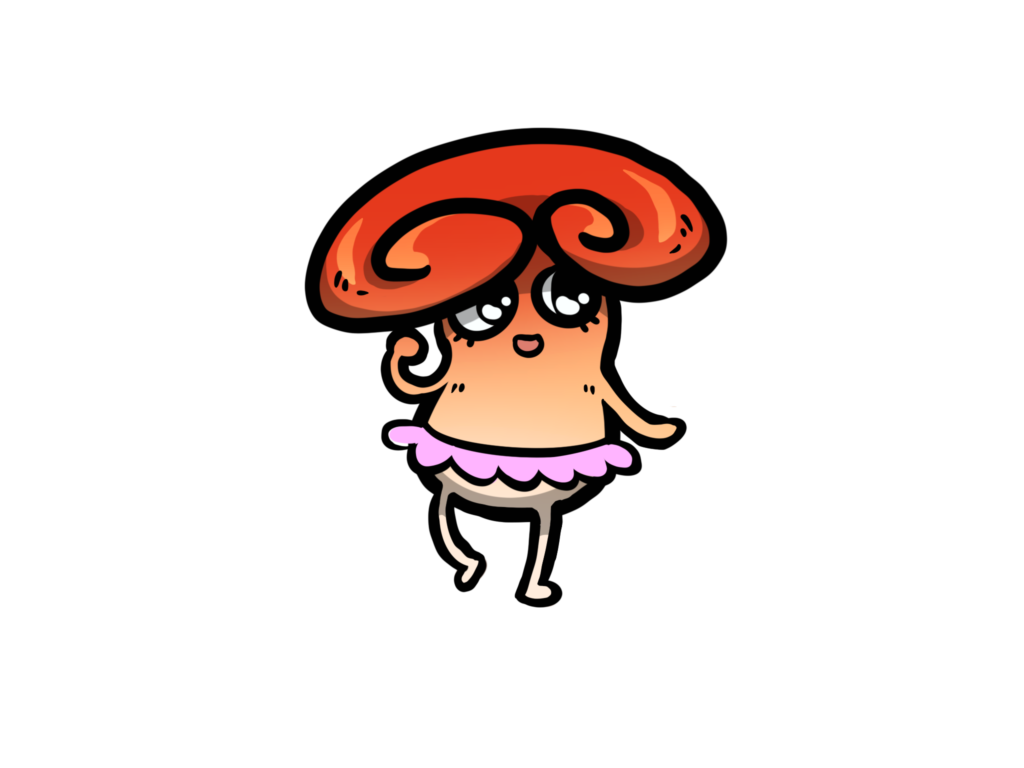
The youngest of the family – Eri is the curious and most outgoing reishi. She love to sing and dance along the forest trails.
© 2022 Nikkei (Canada) Marketing Ltd.
An interview with Dr. Meg Jordan
Red reishi has been getting attention in the last few years for a variety of health benefits, but for those who might not be familiar with it, what IS red reishi?
Red reishi is an adaptogenic herbal mushroom highly valued in Traditional Chinese Medicine for thousands of years. It is considered an “adaptogen” because it adapts to your body’s needs to help fight against external stressors that may bring your body out of balance.
What does red reishi do?
A better question might be what doesn’t it do? I have heard many stories from people saying red reishi has helped them in everything from cardiovascular health and immune system disorders, to helping with weight loss and the effects of chemotherapy. Even if you don’t have any health concerns, red reishi is a great preventative measure. Eastern medicine focuses on strengthening the body and immune system to prevent illnesses from happening in the first place. Red reishi builds up the body’s defenses against “stressors” such as colds and flu, anxiety, high blood pressure, infections and other threats. If not these, you will surely benefit from the increase in energy that can get you through your day without the sudden crash that coffee may cause.
Where does red reishi come from?
I have come across many different “versions” of red reishi supplements over the years, and I have found that the most superior, authentic red reishi comes from Japan. Naturally growing red reishi is very rare and difficult to find, so it requires a meticulous process of cultivation and extraction. The Japanese were the first to understand exactly what kind of conditions would result in the highest quality, mature red reishi over 30 years ago. To this day, the quality of Japanese red reishi is unsurpassed.
Why do you choose Mikei Red Reishi?
A part of my daily routine is to take a red reishi extract supplement everyday and I always take Mikei Red Reishi. I have seen a lot of different companies unsuccessfully try to imitate what Mikei has been doing for years. Mikei uses natural wood log cultivation and hot water extraction from full grown reishi. Using these techniques ensure that Mikei Red Reishi capsules contain the highest levels of phytonutrients such as ganoderic acids, and polysaccharides in the most bio-available form. No other red reishi product has given me the same proven results that I’ve experienced with Mikei.
Interview with Lorraine Hahn, former CNN and CNBC anchor
Lorraine Hahn is an experienced journalist with over 20 years in the business. As a former anchor for CNN and CNBC, she covered their flagship programs that focused on the economic and political issues of Asia. Lorraine also produced her own television show, “Earth Factor Asia” and hosted a program called “Executive Golf.” Today, Lorraine sits down with us to talk about her career in journalism and share some of her health tips that have helped her adjust to the stresses of this industry.
With your success in media, what inspired you to pursue a career in journalism?
Actually, my career started as an accident. I needed a job in Hong Kong and a friend suggested I try getting a job at a local radio station. I had no experience since I studied English literature and business at university. Fortunately for me, the station decided to give me a chance as a cub reporter. That was in September 1989 and I haven’t looked back since.
Working with CNN provided you many opportunities to speak with high-profile interviewees. Who were some of the more memorable profiles to interview?
Oh there were so many interesting people I met and interviewed. Sir Elton John was fascinating because he shed so many stories about the struggles in his life. The former US secretary of state, Henry Kissinger was formidable. Tiger Woods was charming. But two of the more challenging interviews was with the late Lee Kwan Yew, who is known to be a very tough interviewee. He had a reputation to challenge your questions so you had to be super prepared. The other was my CNN world exclusive with then Malaysian Prime Minister Mahathir Mohammed.
Following your career with CNN, you produced your own program Earth Factor Asia. What prompted you to focus on environmental matters?
I thought at that time environmental issues were gaining interest so I decided to do a series that focused on the challenges Asia faced. One of the stories involved our team having to track the River Ganges from the Himalayas right down to Varanasi, which has been in the news recently because of pandemic. Despite the river being heavily polluted, the Indians believe the Ganges is sacred and they would bathe and drink from the river. They also place their dead in the water. However, when you reach the Himalayan area, the River Ganges is pristine.
Having experience as both a producer and a host, do you prefer being behind the scenes or in front of the camera?
Oh I definitely being in front of the camera. Even though the pressure is immense, because your every move and word are watched, I still find it easier and much more fun.
Are there any other passion projects that you want to pursue?
I was thinking of doing a medical show but in some jurisdictions, medical experts are not allowed by law to be part of a program. So it is still a dream at this stage.
Any future projects in the works that you are able to share with us?
Right now because of the pandemic, much of my high profile work and projects have been put on hold. Im hoping 2022 will be more promising.
What is your personal and/or professional mantra?
Be humble, prepare well and be passionate about what you do. Don’t wish for something, do it and never give up as there will always be someone younger, smarter and stronger than you. Just keep on working hard.
In your line of work, it can be quite hectic with the schedule and travel, yet you’re so full of energy and your skin is absolutely radiant. What wellness rituals do you stand by to maintain work-life balance?
Thank you for the compliment! Unfortunately, television make-up takes its toll on one’s skin, especially if you have to work outdoors so I always try and wash my face thoroughly.
It normally takes me about ten minutes to complete my daily cleaning routine. I rarely eat red meat, seldom eat desserts, drink lots of water and exercise. I also try and get at least eight hours sleep each night. My bed and I have a special relationship! I may also be blessed with good genes!
I also take a few supplements, including Mikei Red Reishi for decades, along with the usual vitamin C and D. Red reishi is known as a powerhouse for anti-oxidants, which helps to protect my skin from all the years of heavy cosmetics used for tv.
You currently reside in Hong Kong, but you spent some time in living in Canada. What do you miss most about Canada? Do you have any favourite spots that you always go back to when you visit?
I emigrated to Canada in 1979. My parents stayed on while I left after University of British Columbia (UBC) to live in Hong Kong. Vancouver holds a very special place in my heart. Every visit I take a drive to UBC just to relive some memories, although the campus has changed a lot.
I must eat at the Keg Steakhouse + Bar, White Spot and Earls Kitchen + Bar every visit and have my favourite dishes, which luckily have not been scrapped from the menus. My father is also laid to rest in Vancouver and I still have a good group of friends there who I miss a lot.
Finally, for individuals looking to pursue a career in journalism, what advice do you have for them?
Being on television may appear fun and glamorous but that is so far from the truth. You often have to juggle roles in the studio from editing stories, providing voiceovers, and preparing the story for coverage for multiple mediums.
A career in TV journalism will bring a lot of struggles, pains and practice. You’re asked to cover a lot of ground with very little resources. A lot of the time you’ll need to respond to events as they occur and that can mean working longer hours at a quicker than usual pace to get it on air.
Some prime examples of this was when I had to anchor the stock market crash, cover the historic 1997 handover of Hong Kong to China, and report on the 2004 tsunami that devastated Thailand. All these events were high stress moments that required my team to work around the clock to update the viewers in real time as each event unfolded.
But whatever the case, if you have a passion for anything, you will never know until you do it. More often than not, it will all work out!
Thank you Lorraine for taking the time to chat with us and we look forward to seeing you in your future projects in the coming year.
Reishi Cultivation
Featured
A great health food supplement is only as good as the source material in which the ingredients come from and our story begins first with a little reishi history.
For thousands of years, the rare and revered “mushroom of immortality” could only be found in dense forests on remote mountains. The reishi mushroom’s growing habitat required a delicate balance of humidity, temperature, and nutrients provided by the soil and the wood-logs on which it grew on. As reishi prefers to grow in hot and humid conditions, good quality reishi is mostly found in Asia. Not only was it rare, the quality of wild reishi was inconsistent due to environmental factors such as disease and insect infestations which may have prevented it from growing to full maturity.
To add to the difficulty of finding good quality reishi, there are also many varieties of reishi. While classical herbal medicine texts state of six kinds of reishi (red, black, blue, white, purple, and yellow), there are actually 53 confirmed varieties. Of all the reishi strains, red reishi is considered the most health beneficial and the safest to consume. It was for these reasons and its rarity that red reishi was worth more than gold and reserved only for use by royalty.
It was not until the 1970’s when a group of Japanese researchers including Fumimaru Mayuzumi, the founder of Nikkei Co. and astute mycologist from the Tokyo Agricultural University, embarked on a mission to develop the best reishi mushroom cultivation method. Their goal? To grow high grade red reishi of consistent quality and in a natural environment. It was during this intensive research that the Mayuzumi family, the producers of Mikei, discovered their own Japanese red reishi strain and a technique for its cultivation on aged wood-logs in greenhouses, now known world-wide as natural wood-log cultivation. Because of the Mayuzumi family’s efforts, Japanese red reishi (Ganoderma lucidum) is now commercially available.
Natural Wood-log Reishi Cultivation
- Natural wood-log cultivation of red reishi is first accomplished by grafting superior quality reishi fungi (Mayuzumi strain) onto aged oak wood-logs. The wood-logs are then placed in a heating chamber for a period of time to inoculate.
- The inoculated wood-logs are then placed in greenhouses in a rigorously controlled environment.
- The wood-logs are covered with nutrient-rich topsoil. The quality of soil and wood-log is crucial for the reishi to draw nutrients upon and grow into large, high quality reishi.
- Inside the greenhouse, a sanitized irrigation system must be used. Temperature, light intensity, and humidity are constantly monitored. The room must also be well-ventilated and blocked from direct sunlight.
- Red reishi begins to flush and grows gradually. Weeds may sprout and insects may appear, but no agricultural chemicals or pesticides are used.
- In the last stage of growth, spores break out from the underside of the reishi cap of the fruiting body and into the atmosphere. The reishi spores eventually settles and covers the soil with a reddish-brown color.
- The best harvest time is right after the sporing period. Each fully mature reishi mushroom is carefully cut by hand, collected, and then dried. The entire process repeats again for the next year’s harvest. Periodically the greenhouse soil must be left fallow to allow the nutrients to be replenished before the same greenhouse is used again.
The entire process of the natural wood-log cultivation method takes nearly a year. The pictures shown above were taken at the Nikkei Co. farm in Isesaki-shi, Gunma-ken, Japan in 2014.
Why is it important to know how your reishi product is grown?
Different cultivation methods will yield different quality products with widely varying amounts (or complete lack) of the health beneficial components of the red reishi mushroom. As the natural wood-log cultivation method takes almost a full year and is the most labour and resource intensive, there are now other methods to commercially produce “reishi” products, which are briefly described below.
Inferior Methods of Reishi Cultivation
- Wood Pulp Cultivation
A wood pulp substrate(mushroom growing medium) is placed in a glass bottle or plastic bag in which the reishi fungi are added. The bottles/bags are then stacked on shelves in an enclosed warehouse. After three months, this growing method will usually yield small mushrooms that are thin and frail.
- Wooden Box CultivationThis method is similar to natural wood-log cultivation in which it involves grafting reishi fungi into a wood-log. However the wood-logs are simply placed in a box and not buried in soil. While this is better than wood pulp cultivation, only reishi of medium-size and moderate quality are generally produced since it grows without absorbing the nutrients from soil.
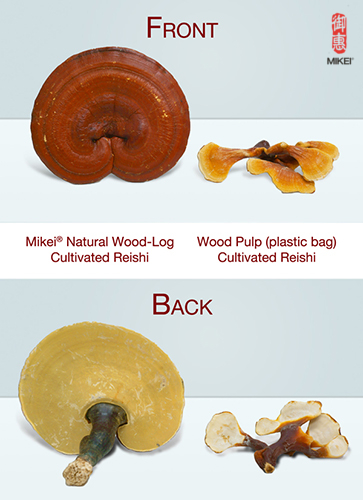
- Lab-grown Reishi (or also known as mycelium/mycelia-based products)
As the red reishi’s preferred growing environment is in the hot and humid climates of Asia, many North American producers use this “indoor” method as a quick, easy, and inexpensive way to mass produce a “reishi” product. Lab-grown products mix mycelium with a substrate such as rice or wheat in an enclosed container and are allowed to grow for a very short period. Unfortunately, the resulting mycelium-based product is different from a properly grown reishi mushroom fruiting body in terms of its composition and appearance. In addition, these products may lack of bioavailability (Upton 2006). Mycelium-based products also do not contain ganoderic acid A, an intensively studied and important health beneficial active component of reishi, which gives red reishi its unique bitter taste. For more information, read Mushroom Dynamics.
Mayuzumi’s natural wood-log cultivation method is the only reishi cultivation technique that can naturally produce high quality red reishi that can attest to all of the health benefits of which this miraculous mushroom has been used for thousands of years.
The Mikei Difference
Mikei uses only high quality, natural wood-log cultivated red reishi fruiting bodies grown to full maturity and rich in all of the active components of which make the revered mushroom effective as a health food supplement.
Meet The Reishi Pioneers
The Mayuzumis are a multi-generational mushroom growing family. Their humble beginnings began in the 1930s in Gunma Prefecture, a mountainous region in Japan renowned for its pristine environment and agriculture. Their journey as reishi pioneers begins with Fumimaru Mayuzumi.
How did you get your start in the study of mushrooms?
My family has been cultivating edible mushrooms in Japan since the 1930s – in fact, our family is now into the fourth generation of mushrooms growers with my daughter, Eri. While also working with the family business, I received formal training as a mycologist with a degree in Applied Microbiology at Tokyo Agricultural University in 1971.
How did red reishi become your life’s passion?
My first encounter with red reishi (Ganoderma lucidum | G. lingzhi) was during my research at the Mushroom Research Institute of Japan in the 1970s. I was fascinated by its potential therapeutic use and its long history of safe usage. While red reishi was well regarded in traditional medicine, it was rare and there were no methods for cultivation.
How did you discover how to cultivate red reishi
There is a town in Gunma, Japan called Matsuida-cho that is famous for Japanese plum trees. It was known that wild red reishi can be found on ancient plum trees, and that was where I found the Mayuzumi strain of Japanese red reishi in 1972. This is still the same strain we use in Mikei today.
In 1975, with the perfect reishi strain in hand, I then developed the natural wood-log cultivation method for growing red reishi. Although this method is time and labour intensive, this method replicates how reishi is grown in the wild in carefully controlled greenhouses without any chemicals or pesticides. This entire process takes almost a year and is how we ensure our red reishi is of high quality. I founded Nikkei Co. in 1980 to further the development of reishi as a natural health supplement for daily use.
Why did you want to introduce Mikei to the world?
Red reishi was starting to gain international attention for its many health benefits, but there were still no high efficacy and easy to take reishi product available for the average consumer. I saw an opportunity to introduIn 1991, I perfected a capsule product now known as Mikei. Our reishi essence is hot water extracted, which is necessary, to draw out reishi’s active ingredients in a safe and effective manner. Every capsule of Mikei is packed with high quality concentrated red reishi essence so that most users need only one capsule per day – a convenient, potent product with maximum benefits.
Vegan Dashi
Dashi is a standard stock found in Japanese cuisine. The use of dashi is prevalent in soups and other dishes seeking to accomplish the savory flavour of umami. Traditionally, dashi is made by bringing a pot of water filled with an edible kelp (kombu) and shavings of various types of preserved and fermented fish (bonito) to near-boiling, and then straining the concoction.
For individuals looking for a vegan substitute, the use of dried mushrooms is a great alternative.
Ingredients:
- 6 dried shiitake mushrooms
- 4 cups of warm water
Directions:
- Check under the gills of the mushrooms to see if there are signs of dirt. Use a brush or paper towel to gently remove the dirt.
- Soak the mushrooms in warm water for about 15 minutes. If you have time, leave mushrooms soaking overnight.
- After the mushrooms are tender, squeeze to drain and remove the stems with a knife. The mushrooms can be used for future dishes in place of fresh mushrooms.
- Pour the liquid into a fine sieve to remove and use as a vegan dashi stock.


